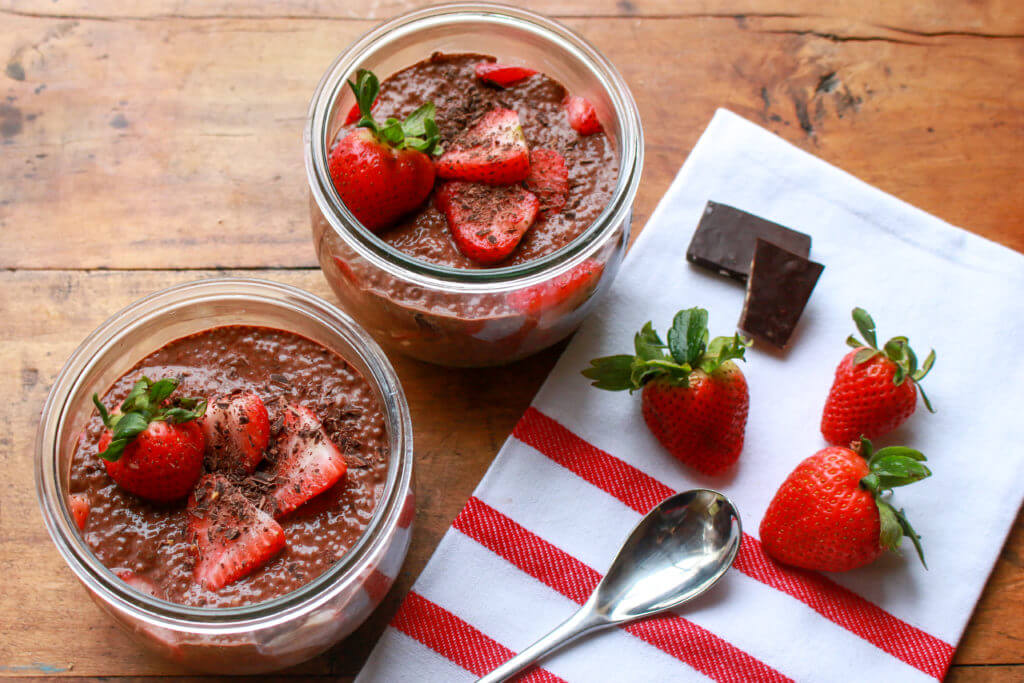Soy is a traditional nutrient-rich food, yet it’s so misunderstood! Urban legends abound on soyfoods, which is why I’m busting myths on soy health risks today.
Ah, soy. An ancient, traditional healthful food in many cultures, yet it’s widely maligned in the U.S.! When I speak in public, it’s a given I’ll get questions about the risks of eating soy within a healthy, plant-based diet. In reality, soy is one of the most widely studied foods of all time, and it’s one of nature’s most perfect foods. One cup of cooked soybeans offers 57% DV protein, 41% DV fiber, 49% DV iron, 18% DV calcium, 1,029 mg omega-3s, at least 18% DV of twelve other essential vitamins and minerals, as well as other phytochemicals (saponins, phytosterols, and isoflavones). In addition, numerous studies have demonstrated many health benefits linked with consuming more soyfoods. Despite all of those health benefits, soy myths and urban legends abound. When entered into Google search, “soy dangers” yields 1,200,000 results. Why is this the case? That’s exactly what I’m uncovering as I bust the top 5 soy myths today.

You can find so many pseudo experts proclaiming the dangers of eating soy on the Internet and social media. Paleo Leap calls soy “a particularly bad source of calories” and goes on to claim soy will mess up your thyroid, metabolism, and hormone levels. On YouTube, you can find “nutrition experts” calling soybean “dangerous and inflammatory junk”. The Weston A. Price Foundation calls soy “extremely toxic”, and claims it can cause premature sexual development in girls and delayed development in boys. So, with all of this conflicting information, what is really the truth behind soy?

What Are Soyfoods?
First cultivated in China in 1100 BC, soy has been consumed regularly in Asian populations for centuries. In Japan—a country with low breast and prostate cancer rates and high life longevity—it is included in the diet daily. Even outside of the Asian community, vegetarians have relied on this high quality protein for decades, and much of the current scientific research shows soy is linked with reduced cholesterol, lower risk of heart disease, possible reduction of hot flashes, and reduced risk of breast and prostate cancer. Consuming soy is one of the many reasons why vegetarians have, on average, a better state of health than those who consume meat. So, with so much information to understand and digest, let’s start by taking on some of today’s top soy myths feeding into the fear of consuming soy. While you’re at it, check out this interview with Mark Messina as we talk about soy and health.

Busting 5 Myths on Soy Health Risks

Myth #1: Soy Causes Breast Cancer
This stems from the confusion over phytoestrogens and past research studies, which has led to breast cancer fears among general consumers and health care professionals. Scientifically, estrogen has been linked with an increased risk of breast cancer, as there estrogen receptors in breast tissue. When the estrogen snaps in, it promotes breast tumors. In the 1990s, researchers raised questions about soy and phytoestrogens through animal experiments done, which showed mixed results. The important fact to note is that phytoestrogens are not estrogen, and act very differently in humans than estrogen.
There are ways to use your diet to help reduce the risks for cancer and, according to the American Cancer Society, one of them is to consume whole soy foods, as these are anti-inflammatory, and provide antioxidant properties that reduce cancer growth. In fact, isoflavones are one of the many phytochemicals found in soy that may play role in reducing cancer risk. Research performed on laboratory, animal, and human observational studies suggest that soy may reduce risk of cancers, including breast, prostate, ovarian, and uterine, and large studies in women with high soy-food intake show lower risk of breast and endometrial cancer.
It has been shown that isoflavones can block more potent natural estrogens from binding to any estrogen receptor, stop formation of estrogens in fat tissue, and stimulate production of a protein that binds estrogen in blood. A recent study from the Breast Cancer Treatment showed data from 14 studies that found women in Asian countries who ate the most soy isoflavones had a 24% lower risk of breast cancer. While cancer protection needs to be confirmed in human clinical trials, human studies sponsored by NCI are under way. Some studies suggest the effect of soy on breast cancer risk depends on age when consumed. High soy intake by young women when breast tissue is developing and estrogen levels are high may offer protection.
Currently, there are two positions on soy consumption: the AICR states that soy foods are safe—even for breast cancer survivors—in moderate amounts, and women can consume one to two (some studies show even up to 3) servings per day. The ACS states that moderate consumption is safe for cancer prevention and breast cancer survivors, although they recommend whole soyfoods over supplements. One serving of soy averages 7 g protein and 25 mg isoflavones.

Myth #2: Soy Is Not Sustainable
There is a lot of debate surrounding GMOs and modern farming, and this impacts soy’s reputation among consumers. However, most soy-foods are non-GMO, including soymilk and dairy alternatives, tofu, tempeh, and edamame. The U.S. Dept. of Commerce calculates U.S. production of soy protein for human consumption slightly less than 1% total soybean production, with the rest going primarily to animal feed (Not including whole non-GMO soybeans used in production of soymilk, tofu, and other products such as edamame, as this data is not collected). AHS-2 found the vegan carbon footprint 42% lower than non-vegetarians, vegetarian 28% lower, pescovegetarian 24% lower, semi-vegetarian about 20% lower, and the EWG Meat Eater’s Guide compared 20 different foods only to find that tofu had a much lower impact on GGEs than other animal proteins, such as lamb and beef. This goes to show that animals are inefficient protein producers, and that soy is more efficiently produced in terms of energy, water and land use.

Myth #3: Soy Is Not Good For The Planet
As freshwater resources become strained and food production becomes compromised, production of foods will be measured by volume of water needed to produce high-quality protein. Soybeans are more efficient protein source per cubic meter of water used in production, and considering the amount of fossil energy inputs (such as fuel, fertilizer, pesticides, transportation) required to produce soybeans, soy-based foods deliver the largest number of calories and highest protein density for human consumption per amount of fossil fuel input.

Myth #4: Soy Feminizes Men
According to a study conducted by Fertil Steril, numerous human studies show men who consumed 40 – 70 mg/day soy isoflavones from 1 – 2 servings of soyfoods or soy supplements had no significant changes in testosterone levels. Populations consuming high amount of soyfoods do not show increased rates of fertility issues, and an analysis of 14 studies by the American Journal of Clinical Nutrition showed increased soy intake resulted in 26% reduction in prostate cancer risk.

Myth #5: Soy Is Not Safe For Children
Actually, children have been consuming soy products in Asia safely for centuries, and there are no obvious harmful effects. The recommended safe dose for children is up to two servings per day of whole foods. According to Arkansas Children’s Nutrition Center, a long term study of 600 children (3 mo – 14 yr) was conducted comparing breast milk to soy and dairy formulas. Soy formula-fed kids developed at similar rates, and had no estrogenic effects during development of reproductive organs during first 4 months. Soy is on the Top 8 Food Allergen list, however allergies are still relatively rare; only 0.4% of all children under age of 18 are allergic. Allergic response not fatal like peanuts.

